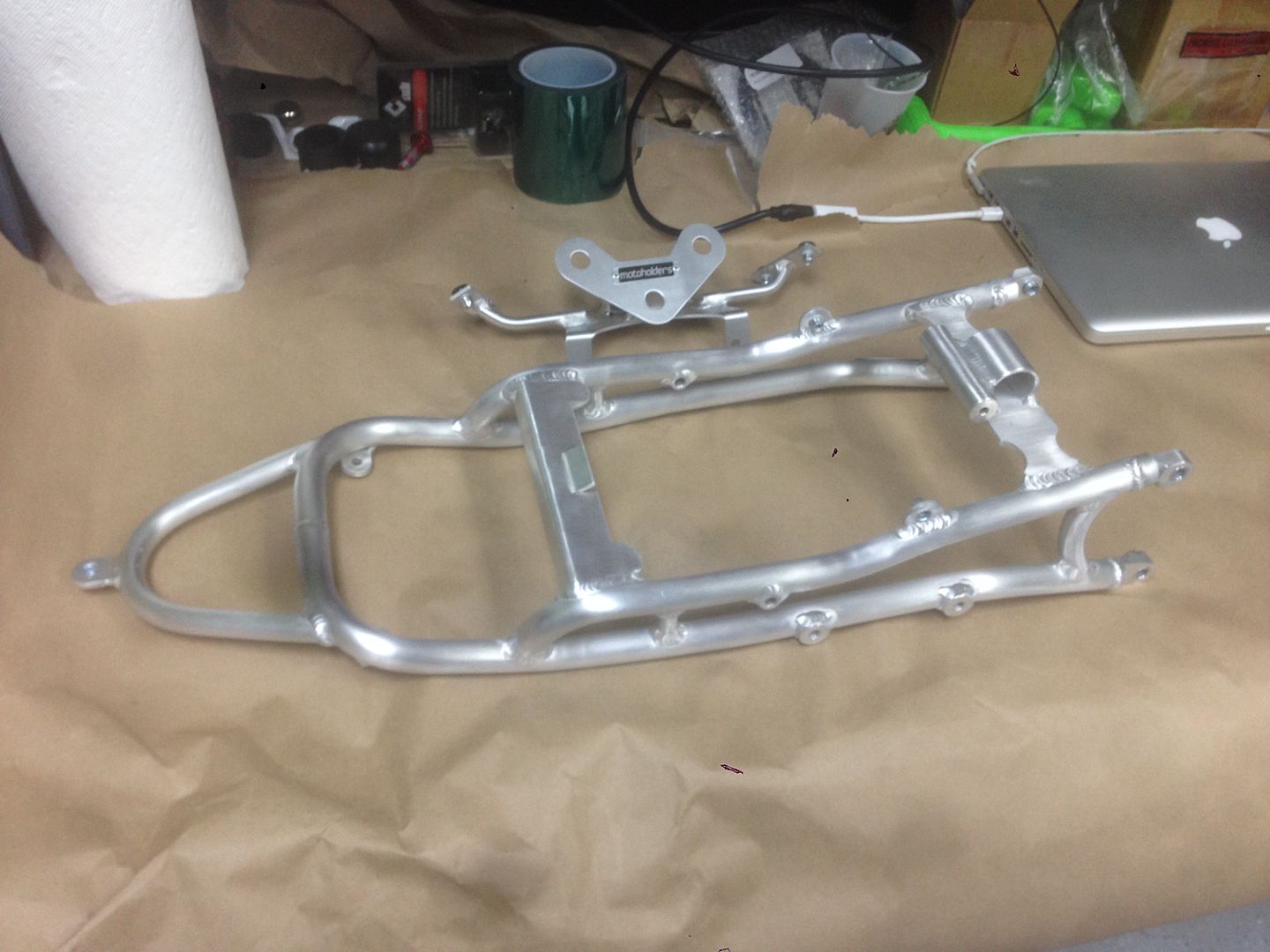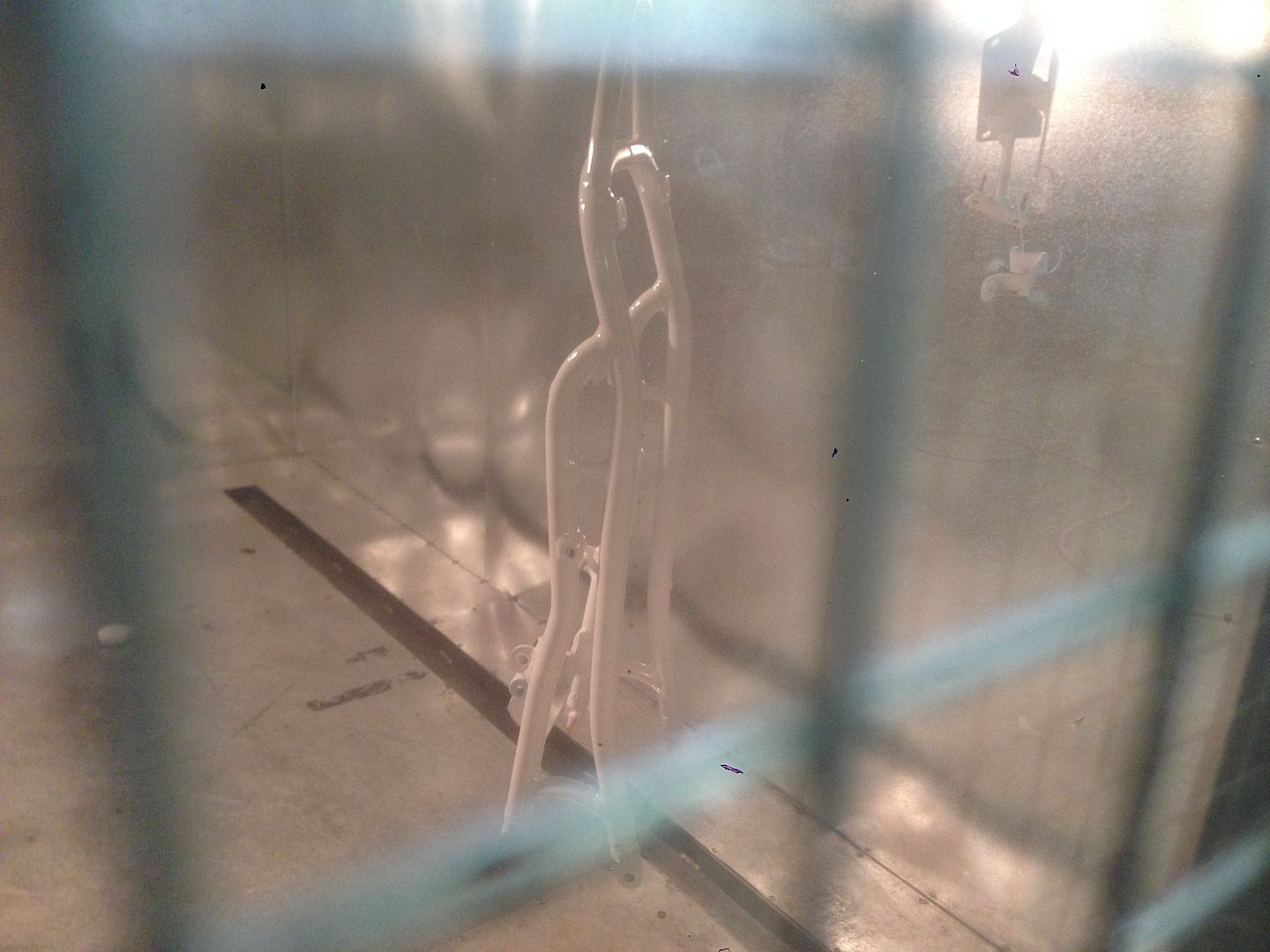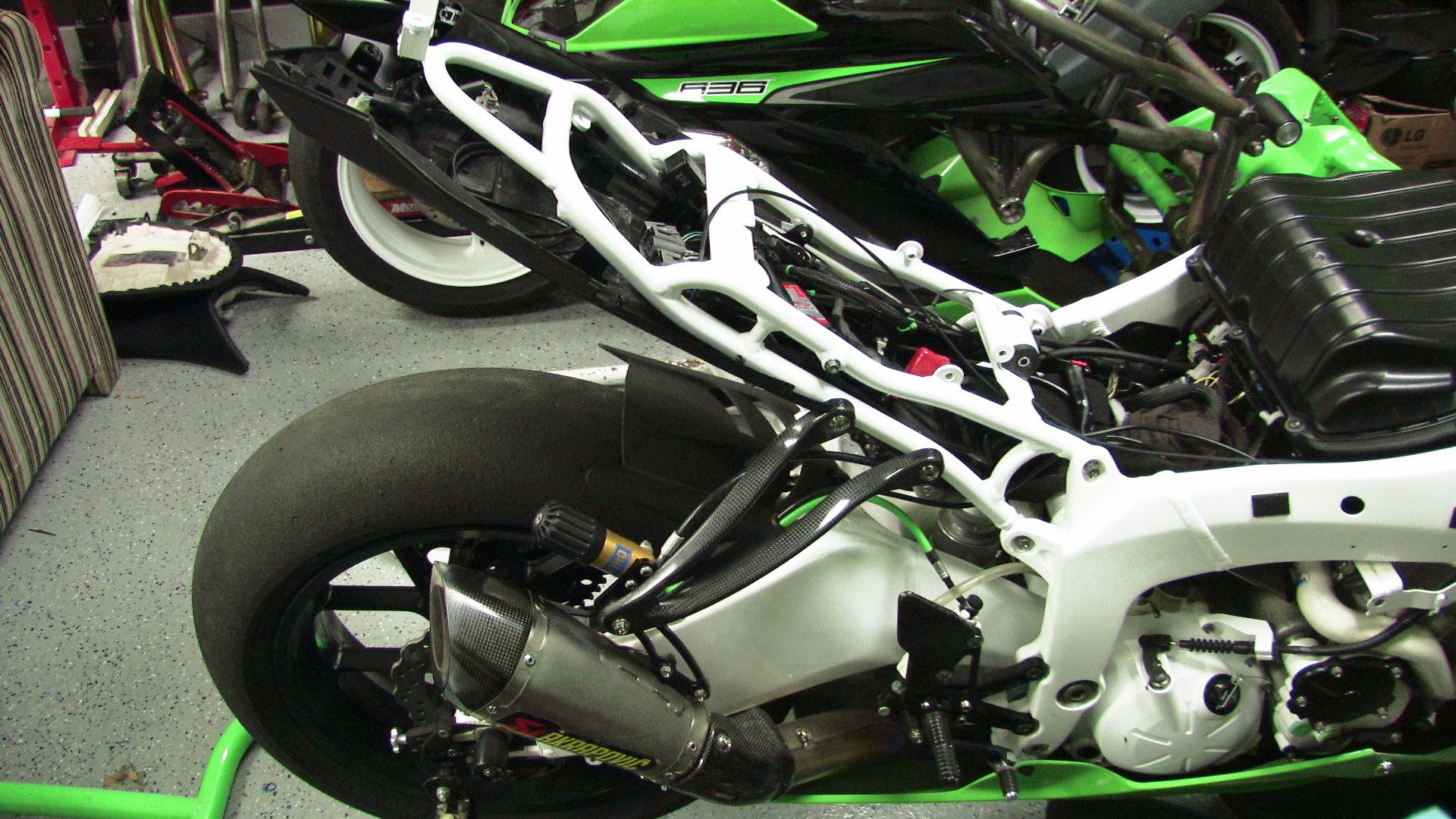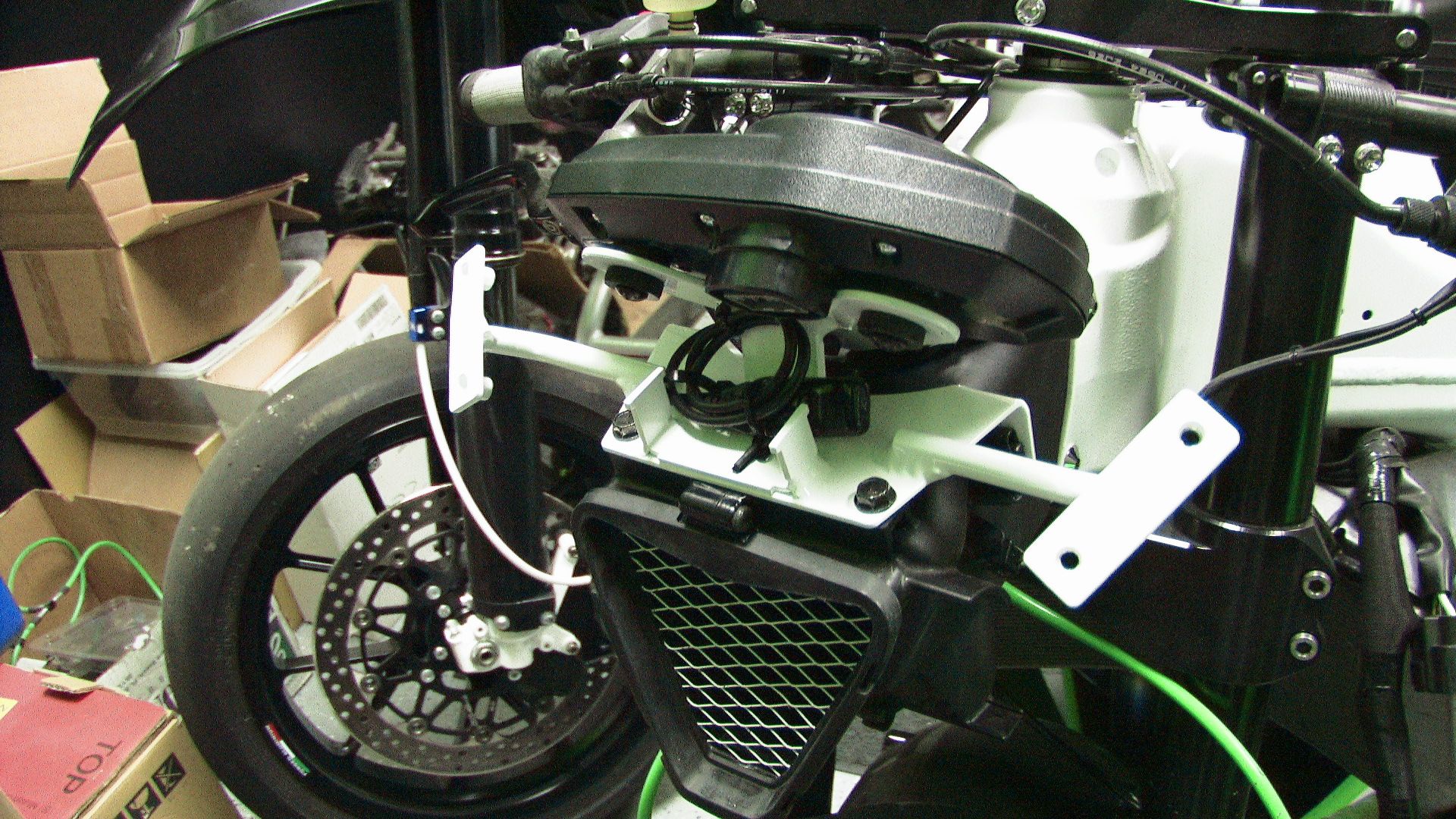The most important stuff that has to do with the geometry and weight distribution of the bike - ride height, swingarm down-angle, spring rates, rider-aboard sag - you can come very close to a decent baseline setup in the shop. If the person doing the setup has dealt with that particular model before, it can come even closer. With a baseline set up, the rider has to go ride and observe what the bike is doing, and it's the tuner's job to make changes in the correct direction to address whatever the situation is. Things can change as the rider gets faster.
The clickers (damping adjustments) are a small part of it. In most cases they only adjust the low-speed damping; the higher-speed damping is established by various valves, springs, shims, etc deep inside the fork or shock, and that can only be changed by disassembly, so you had better know what effect they have.
First geometry, then spring rates, then suspension travel, then damping.
I've seen riders (and tuners) try to cover up the real problem (wrong spring rates) by playing with damping, oil level, etc. The problem won't go away until you fix the real problem (by changing the springs). I've seen riders (and tuners) try to cover up the real problem (wrong geometry - wrong swingarm down-angle a.k.a. wrong swingarm pivot height) by playing with other stuff. It doesn't work.
And by NO means do I claim to be one to nail the perfect setup straight out of the box nor always pin down exactly what the problem is when something is wrong. On my race bike (that I've owned for 17 years but on which I changed wheel and tire sizes last year), I'm on take 3 of "change rear spring rate". Track-day pace, practice pace, no issue. Race pace, the carousel at Grand Bend destroys the rear tire and the shock-travel-indicating O-ring on the shock is indicating that I've used all the travel. Latest spring rate hasn't been validated in dry-weather conditions yet ...
Exactly
My spring rates were right on, in regards to Geometry Dave had installed the Yoshimura +2mm swingarm pivot which helps with some of the geometry issues on the 2006 GSXR 1000.
The idea was to give me a good base to start from - He also gave me some tips on what to do once i got on track and felt the bike doing certain things.
The last thing you want is to go on track completely off and spend most of your day working on suspension when you could have gone in with a pretty good setup and just do a couple of improvements as the day goes by.
I did 3 rounds last year with the suspension completely off, spend a lot of time trying to work on it and it seems i just made it worse and completely lost confidence on the bike and my season end up a disaster, so getting a guy like Sherrard that not only knows suspension but also knows all our tracks, to me was a no brainer























